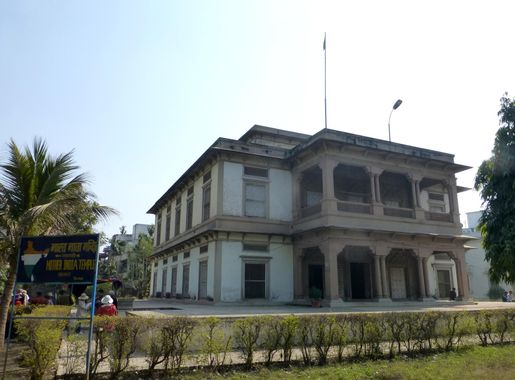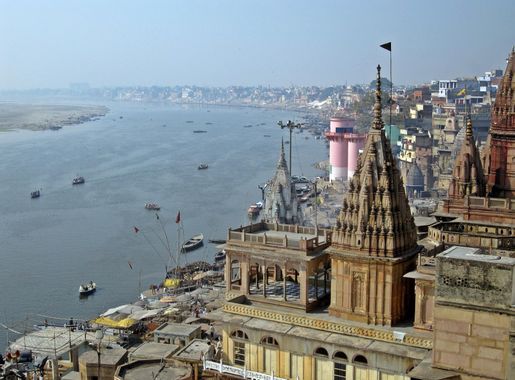
Varanasi Cantt: The Gateway to Spiritual Varanasi
Discover Varanasi Cantt: The perfect blend of colonial charm, modern amenities, and spiritual proximity in the heart of Varanasi, India.
Varanasi Cantt, short for Varanasi Cantonment, serves as the bustling entry point to the ancient city of Varanasi, India. Known for its strategic location, Varanasi Cantt is home to the city's main railway station, making it a key hub for travelers from across the globe. The neighborhood is a blend of modern conveniences and historical charm, providing an ideal starting point for your exploration of Varanasi. Begin your journey with a visit to the Cantonment area, where colonial-era buildings stand as a testament to India's British past. The area is dotted with lush green spaces, offering a tranquil retreat from the city's otherwise chaotic ambiance. Don't miss the JHV Mall, a popular shopping destination where you can find everything from local handicrafts to international brands. Varanasi Cantt is also the perfect place to sample local cuisine. The area boasts a variety of eateries offering traditional North Indian dishes. Be sure to try the local favorite, 'Kachori Sabzi,' a spicy snack that is sure to tantalize your taste buds. For those interested in spirituality, the nearby temples and ghats are easily accessible, making it convenient to delve into the religious essence of Varanasi. Whether you're here for a short visit or an extended stay, Varanasi Cantt offers a seamless blend of convenience, history, and culture, making it an essential part of your Varanasi experience.
Local tips in Varanasi Cantt
- Visit the railway station early in the morning to avoid the rush and experience the local morning hustle.
- Carry cash as many local shops and eateries do not accept credit cards.
- Try local street food but ensure it is from a hygienic vendor.
- Use prepaid taxis or ride-sharing apps for safe and hassle-free transportation.
- Plan a visit to nearby temples and ghats during off-peak hours to avoid large crowds.
Varanasi Cantt: The Gateway to Spiritual Varanasi
Varanasi Cantt, short for Varanasi Cantonment, serves as the bustling entry point to the ancient city of Varanasi, India. Known for its strategic location, Varanasi Cantt is home to the city's main railway station, making it a key hub for travelers from across the globe. The neighborhood is a blend of modern conveniences and historical charm, providing an ideal starting point for your exploration of Varanasi. Begin your journey with a visit to the Cantonment area, where colonial-era buildings stand as a testament to India's British past. The area is dotted with lush green spaces, offering a tranquil retreat from the city's otherwise chaotic ambiance. Don't miss the JHV Mall, a popular shopping destination where you can find everything from local handicrafts to international brands. Varanasi Cantt is also the perfect place to sample local cuisine. The area boasts a variety of eateries offering traditional North Indian dishes. Be sure to try the local favorite, 'Kachori Sabzi,' a spicy snack that is sure to tantalize your taste buds. For those interested in spirituality, the nearby temples and ghats are easily accessible, making it convenient to delve into the religious essence of Varanasi. Whether you're here for a short visit or an extended stay, Varanasi Cantt offers a seamless blend of convenience, history, and culture, making it an essential part of your Varanasi experience.
Iconic landmarks you can’t miss
Shri Kashi Vishwanath Temple
Explore the sacred Shri Kashi Vishwanath Temple in Varanasi, a historic symbol of devotion and architectural grandeur, immersed in vibrant cultural experiences.
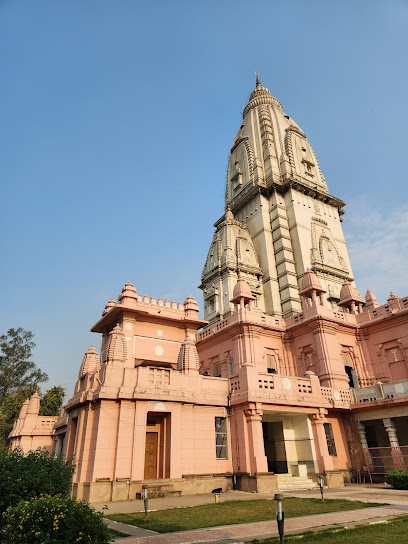
Assi Ghat Varanasi
Experience the spiritual heart of Varanasi at Assi Ghat, where tradition meets tranquility by the sacred Ganges River.
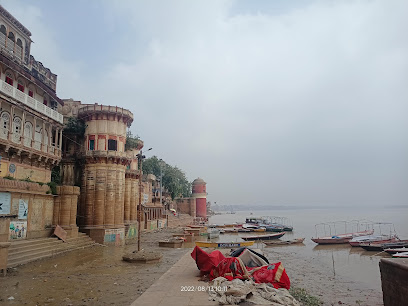
Dashashwamedh Ghat
Discover the spiritual essence of India at Dashashwamedh Ghat, where mesmerizing rituals and breathtaking views of the Ganges await.
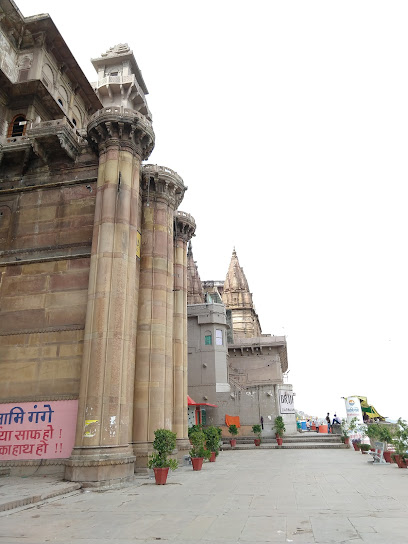
Cant varanasi
Explore the historic Cant Varanasi, a landmark blending architectural beauty with vibrant local culture near the famous Varanasi Railway Station.
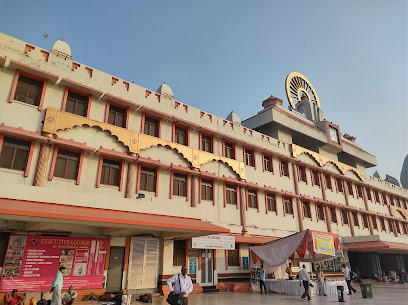
Nehru Park
Experience serenity at Nehru Park, a lush green retreat in Varanasi, perfect for relaxation, picnics, and enjoying nature's beauty.
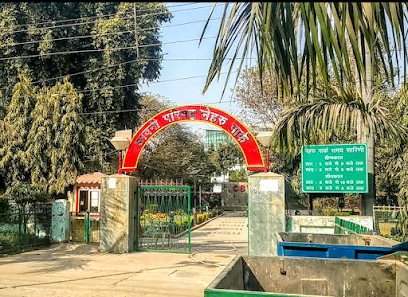
Chousatti Ghat
Explore Chousatti Ghat, a historical and spiritual gem in Varanasi, where ancient traditions meet the serene flow of the Ganges River.
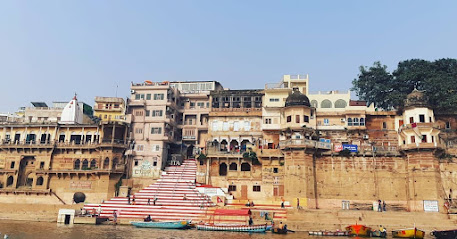
Chet Singh Fort (चेट सिंह किला)
Discover the historical grandeur of Chet Singh Fort, a stunning landmark overlooking the Ganges in Varanasi, rich in culture and architectural beauty.
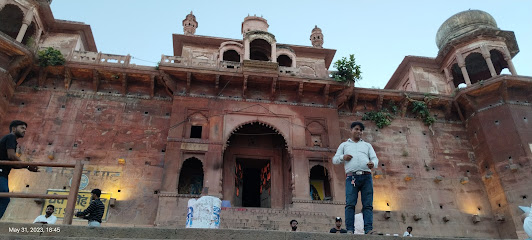
सत्तन का कुआँ
Discover the historical beauty of Sattna Ka Kuan, a landmark rich in cultural heritage and architectural splendor in Varanasi.
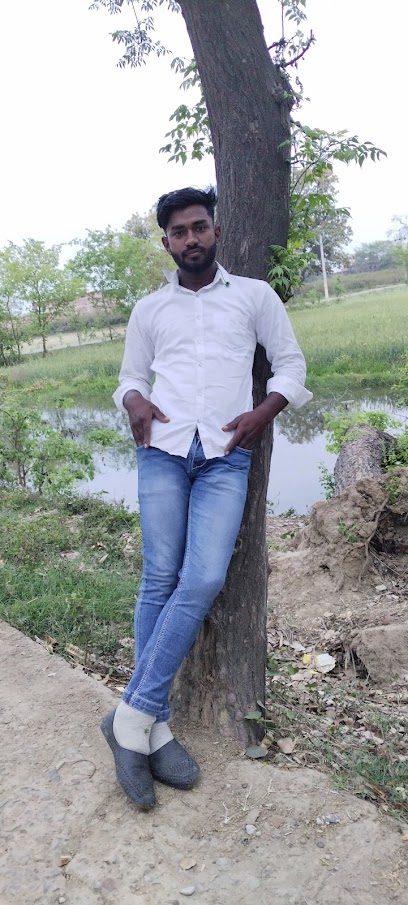
Varanasi In
Experience the enchanting Varanasi Night Market, where vibrant culture, delicious street food, and unique crafts await every traveler.
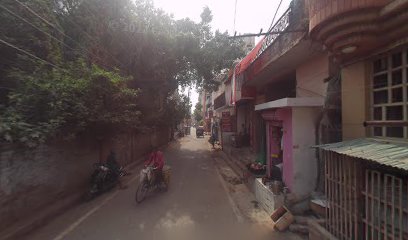
प्राचीन कुआँ
Explore Prateen Kuan, a historical landmark in Varanasi, where history, culture, and stunning architecture converge in a serene setting.

Satya Dham {সত্য ধাম,কাশি}
Explore Satya Dham, a serene historical landmark in Varanasi, where spirituality and stunning architecture converge in a peaceful setting.
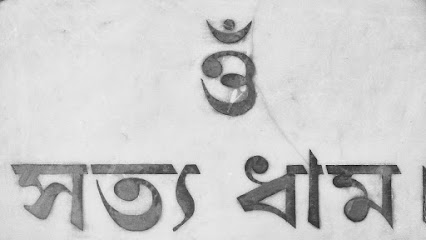
परमवीर चौक
Discover the historical allure of Paramveer Chowk in Varanasi, a landmark that represents the city's rich cultural heritage and vibrant local life.
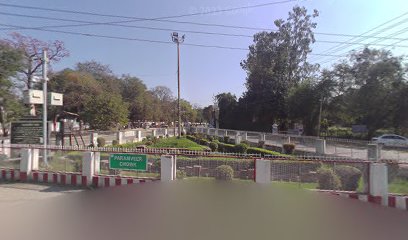
Satya Dham
Discover the beauty and history of Satya Dham, a captivating historical landmark in Varanasi, where culture and architecture meet.
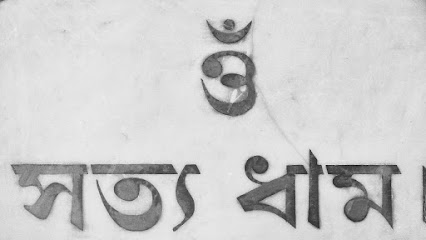
Unmissable attractions to see
Cant varanasi
Explore Cant Varanasi, a historical landmark blending captivating architecture with the vibrant energy of one of India's oldest railway stations.
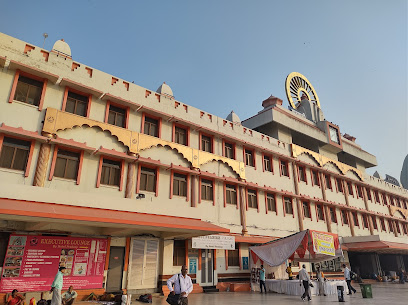
Beniya Park
Discover tranquility and local culture at Beniya Park, an essential stop for tourists in Varanasi's vibrant landscape.
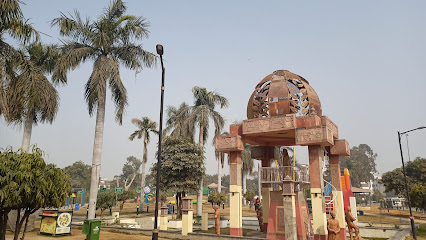
Nehru Park
Discover the lush tranquility of Nehru Park in Varanasi, a family-friendly oasis perfect for relaxation and recreation amidst vibrant nature.
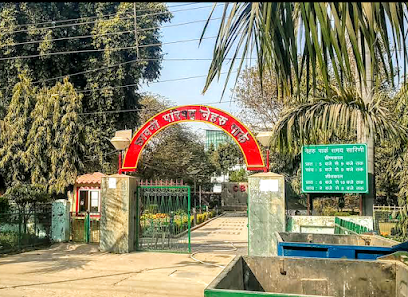
St. Mary's Cathedral
Discover the serene beauty and architectural splendor of St. Mary's Cathedral, a captivating spiritual landmark in Varanasi.
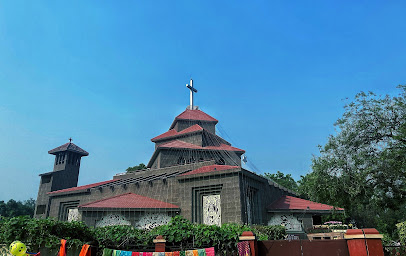
I Love Varanasi
Discover the spiritual heart of India at I Love Varanasi, where ancient rituals blend with vibrant culture along the sacred Ganges River.

Aircraft Statue
Explore the Aircraft Statue in Varanasi, a magnificent tribute to aviation, blending serenity with impressive artistry for an unforgettable experience.
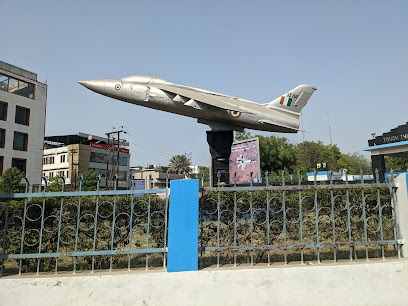
काशीसुता महारानी लक्ष्मीबाई प्रतिमा
Explore the spiritual heart of Varanasi at Kashi Suta Maharaani Laxmibai Pratima, a serene attraction steeped in history and divine artistry.
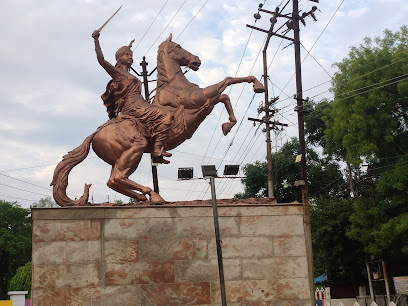
Essential places to dine
Barbeque Nation - Varanasi
Savor authentic Indian barbecue delights at Barbeque Nation in Varanasi - where flavor meets tradition in an unforgettable buffet experience.
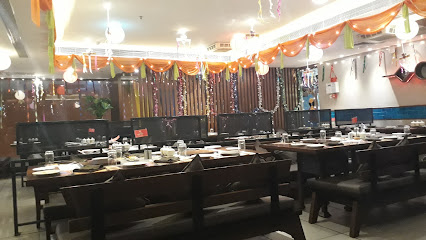
Tandoor Villa
Discover Tandoor Villa in Varanasi – where exquisite Mughlai flavors meet fine dining excellence for an unforgettable culinary experience.
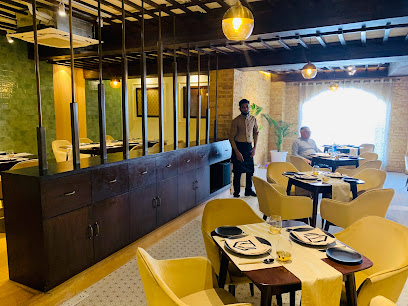
Treat Cafe & Dine | Best Restaurant in Varanasi | Veg & Non-Veg | Family Restaurant
Experience culinary excellence at Treat Cafe & Dine in Varanasi—where every meal is a celebration of flavor and hospitality.
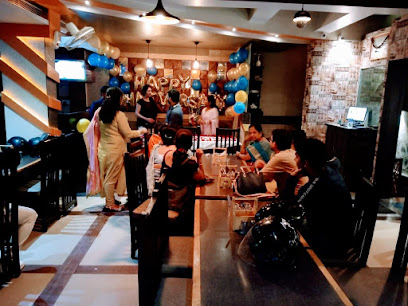
Charcoal Fine Dining ll Best Restaurant in Varanasi ll Fine Dine Restaurant in Varanasi
Experience fine dining at Charcoal in Varanasi - where traditional Indian flavors meet modern culinary artistry.
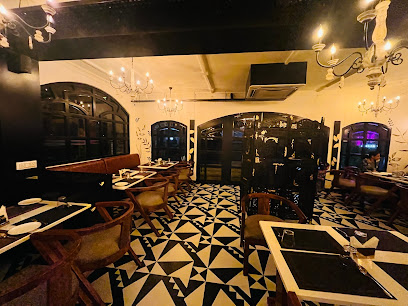
Canton Royale Restaurant
Discover the flavors of China, Europe, Mexico & Mughlai cuisine at Canton Royale Restaurant in Varanasi's vibrant dining scene.
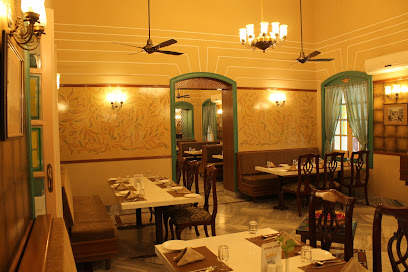
Banaras Food Truck
Experience the vibrant street food scene at Banaras Food Truck in Varanasi – a culinary adventure awaits with every bite.
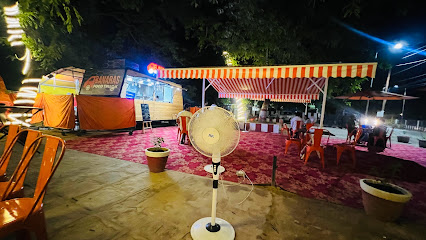
The King Family Restaurant
Discover the rich flavors of India at The King Family Restaurant in Varanasi – where tradition meets taste.
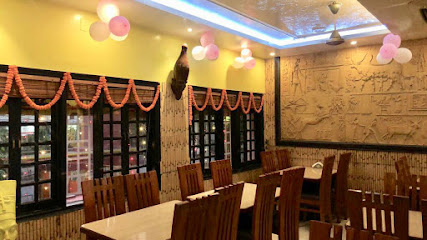
The Urban Food Court
Explore diverse cuisines and family-friendly dining at The Urban Food Court in Varanasi – a true gastronomic delight.
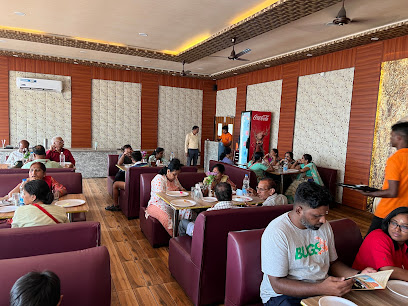
The Great Kabab Factory
Experience exquisite Indian cuisine at The Great Kabab Factory in Varanasi – where every bite tells a story of flavor and tradition.
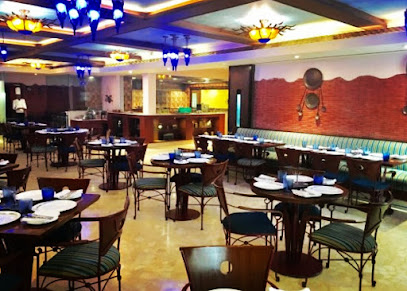
House Of Punjab (A unit of G.H. Hospitality)
Experience authentic Indian flavors at House Of Punjab in Varanasi - your go-to spot for delicious takeout options.
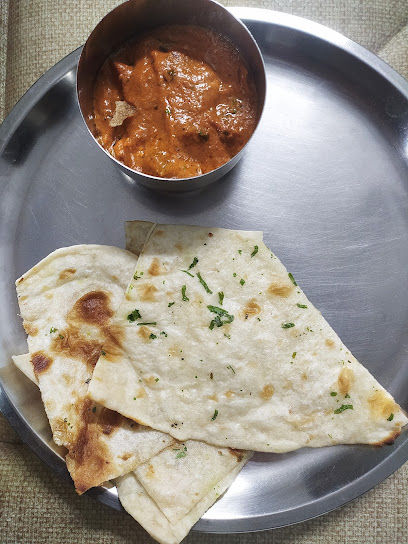
Markets, malls and hidden boutiques
CHANGE Stores Varanasi Cantt
Explore CHANGE Stores in Varanasi for trendy and stylish clothing, a perfect blend of modern fashion and local culture.
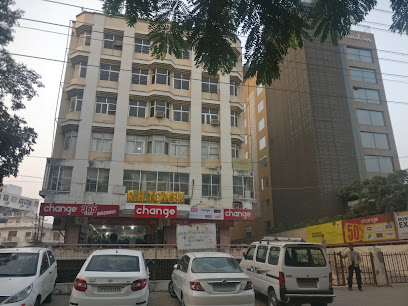
silk banarasiya
Discover the elegance of Indian textiles at Silk Banarasiya, Varanasi's premier saree shop featuring exquisite handcrafted sarees and fabrics.
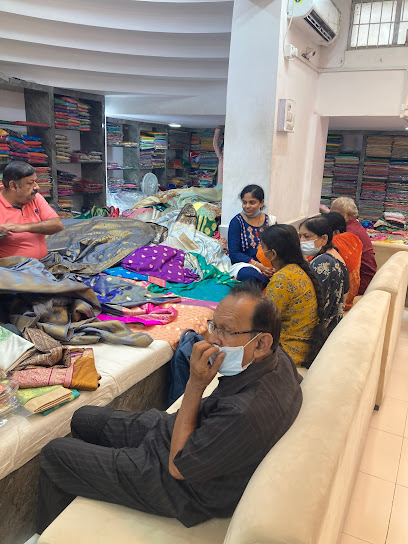
Archies Love World
Discover unique gifts, books, and more at Archies Love World in Varanasi, a delightful shop for all your souvenir needs.

Maharani Art Palace
Discover unique handicrafts, costume jewelry, and musical instruments at Maharani Art Palace, a cultural gem in Varanasi.
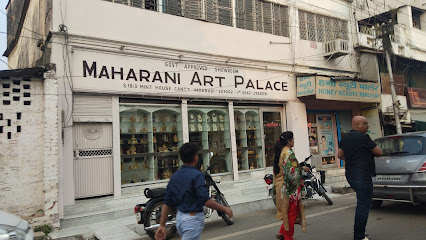
Silk Saree shop in varanasi - Silk Khazana
Discover the elegance of authentic silk sarees and exquisite handicrafts at Silk Khazana in Varanasi, a true gem for textile enthusiasts.
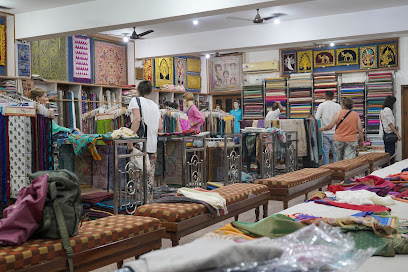
Silk villa
Discover the beauty of traditional sarees at Silk Villa, a must-visit saree shop in Varanasi, offering a stunning collection that reflects India's rich heritage.
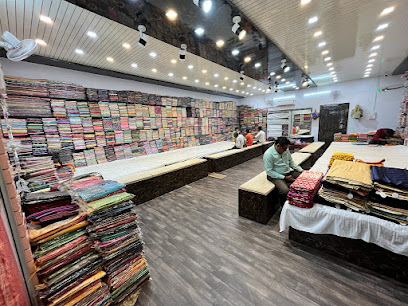
MALHOTRA SILK FACTORY
Explore the rich heritage of silk weaving at Malhotra Silk Factory in Varanasi, where tradition meets craftsmanship in exquisite textiles.

The Raymond Shop
Explore The Raymond Shop in Varanasi for exceptional men's clothing that blends tradition with contemporary style, embodying quality craftsmanship.
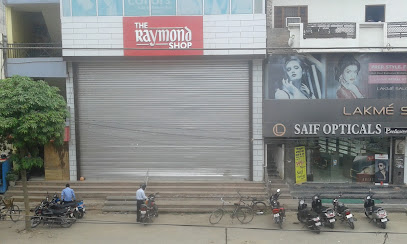
The Banaras Silk Emporium
Explore the rich heritage of silk weaving at The Banaras Silk Emporium, where tradition meets exquisite craftsmanship in the heart of Varanasi.

Curio Palace
Explore Curio Palace in Varanasi, a haven for exquisite handicrafts showcasing India's rich cultural heritage.

Essential bars & hidden hideouts
THE 3RD FLOOR BAR STOCK EXCHANGE
Experience the vibrant nightlife of Varanasi at The 3rd Floor Bar Stock Exchange, where culinary delights and stunning views await.

Treat Cafe & Dine | Best Restaurant in Varanasi | Veg & Non-Veg | Family Restaurant
Experience the flavors of Varanasi at Treat Cafe & Dine, where exquisite vegetarian and non-vegetarian dishes meet a family-friendly atmosphere.
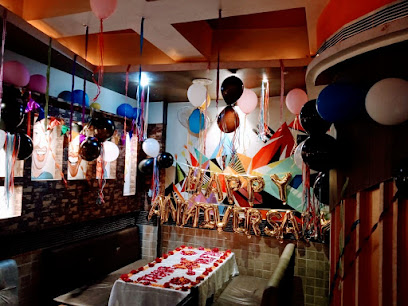
BAR BAR BANARAS
Experience the vibrant atmosphere of Bar Bar Banaras, where tradition meets modernity in the heart of Varanasi.
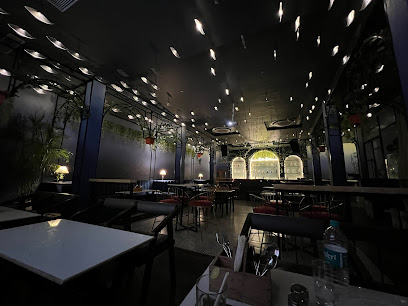
P.N.U.Club
Experience the vibrant nightlife at P.N.U. Club in Varanasi, where sports, dining, and socializing come together in a lively atmosphere.
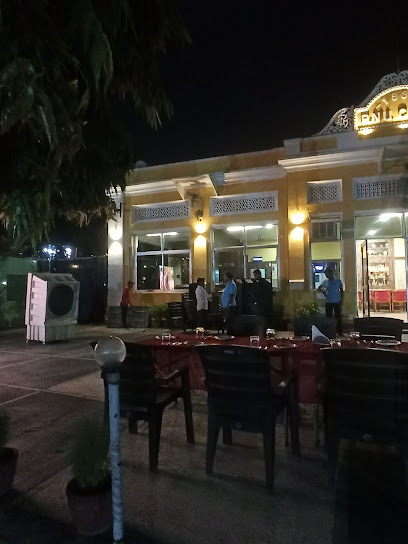
Sol Haveli Bar
Experience the vibrant nightlife of Varanasi at Sol Haveli Bar, where traditional charm meets contemporary fun in a lively atmosphere.
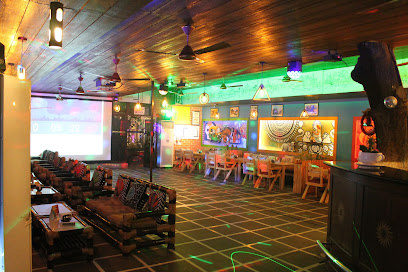
Mangi Ferra Cafe
Discover the vibrant flavors of Mangi Ferra Cafe in Varanasi, where American cuisine and aromatic coffee meet the rich culture of India.
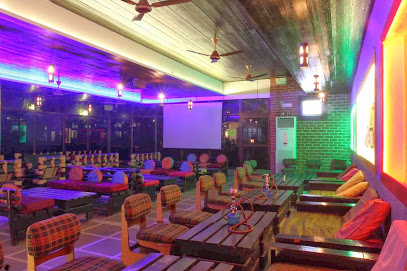
Prinsep Bar
Experience the elegance of Prinsep Bar at Taj Ganges, where exquisite drinks meet the vibrant spirit of Varanasi.

Tarang Bar
Discover the vibrant culture and lively ambiance at Tarang Bar, Varanasi's perfect blend of tradition and modernity.
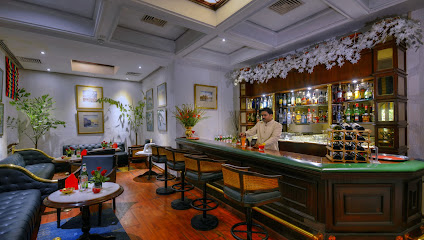
Barcode Varanasi
Discover Barcode Varanasi, a chic lounge offering a vibrant atmosphere, delicious drinks, and a perfect escape in the heart of the city.

Oakwood Bar
Discover the lively charm of Oakwood Bar in Varanasi, where exceptional drinks meet a vibrant atmosphere in a luxurious hotel setting.
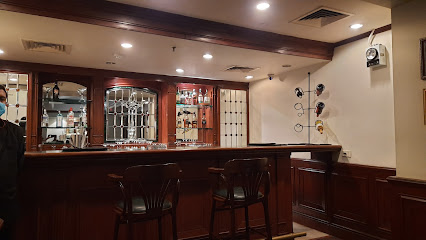
Local Phrases
-
- Helloनमस्ते
[Namaste] - Goodbyeअलविदा
[Alvida] - Yesहाँ
[Haan] - Noनहीं
[Nahi] - Please/You're welcomeकृपया
[Kripya] - Thank youधन्यवाद
[Dhanyavaad] - Excuse me/Sorryमाफ़ कीजिए
[Maaf kijiye] - How are you?आप कैसे हैं?
[Aap kaise hain?] - Fine. And you?ठीक हूँ। और आप?
[Theek hoon. Aur aap?] - Do you speak English?क्या आप अंग्रेज़ी बोलते हैं?
[Kya aap angrezi bolte hain?] - I don't understandमुझे समझ में नहीं आया
[Mujhe samajh mein nahi aaya]
- Helloनमस्ते
-
- I'd like to see the menu, pleaseकृपया मेनू दिखाइए
[Kripya menu dikhaiye] - I don't eat meatमैं मांस नहीं खाता/खाती
[Main maans nahi khaata/khaati] - Cheers!चियर्स!
[Cheers!] - I would like to pay, pleaseकृपया मुझे भुगतान करने दीजिए
[Kripya mujhe bhugtaan karne dijiye]
- I'd like to see the menu, pleaseकृपया मेनू दिखाइए
-
- Help!बचाओ!
[Bachao!] - Go away!चले जाओ!
[Chale jao!] - Call the Police!पुलिस को बुलाओ!
[Police ko bulaao!] - Call a doctor!डॉक्टर को बुलाओ!
[Doctor ko bulaao!] - I'm lostमैं खो गया/गई हूँ
[Main kho gaya/gayi hoon] - I'm illमुझे बीमारी है
[Mujhe bimari hai]
- Help!बचाओ!
-
- I'd like to buy...मुझे ... खरीदना है
[Mujhe ... khareedna hai] - I'm just lookingमैं बस देख रहा/रही हूँ
[Main bas dekh raha/rahi hoon] - How much is it?यह कितने का है?
[Yeh kitne ka hai?] - That's too expensiveयह बहुत महंगा है
[Yeh bahut mehnga hai] - Can you lower the price?क्या आप कीमत कम कर सकते हैं?
[Kya aap keemat kam kar sakte hain?]
- I'd like to buy...मुझे ... खरीदना है
-
- What time is it?समय क्या है?
[Samay kya hai?] - It's one o'clockएक बजे हैं
[Ek baje hain] - Half past (10)दस बजकर पंद्रह मिनट हैं
[Das bajkar pandrah minute hain] - Morningसुबह
[Subah] - Afternoonदोपहर
[Dopahar] - Eveningशाम
[Sham] - Yesterdayकल
[Kal] - Todayआज
[Aaj] - Tomorrowकल
[Kal] - 1एक
[Ek] - 2दो
[Do] - 3तीन
[Teen] - 4चार
[Char] - 5पांच
[Paanch] - 6छह
[Chhah] - 7सात
[Saath] - 8आठ
[Aath] - 9नौ
[Nau] - 10दस
[Das]
- What time is it?समय क्या है?
-
- Where's a/the...?... कहाँ है?
[... kahan hai?] - What's the address?पता क्या है?
[Pata kya hai?] - Can you show me (on the map)?क्या आप मुझे दिखा सकते हैं (नक्शे पर)?
[Kya aap mujhe dikha sakte hain (naksha par)?] - When's the next (bus)?अगली (बस) कब है?
[Agli (bus) kab hai?] - A ticket (to ....)एक टिकट (.... के लिए)
[Ek ticket (... ke liye)]
- Where's a/the...?... कहाँ है?
History of Varanasi Cantt
-
Varanasi Cantt, short for Varanasi Cantonment, was established during the British colonial period in the mid-19th century. The British recognized the strategic importance of Varanasi due to its location along the Ganges River and its significance as a religious and cultural center. The establishment of the cantonment served both military and administrative purposes, providing a base for British troops and facilitating better governance in the region.
-
The architecture of Varanasi Cantt reflects a blend of colonial and Indian styles, showcasing the cultural amalgamation that occurred during British rule. Notable buildings from this era include the iconic Cantt Railway Station, which serves as a crucial transportation hub. The influence of British aesthetics is evident in the layout of the streets and public spaces, juxtaposed with traditional Indian elements, creating a unique urban landscape.
-
Varanasi played a significant role in the Indian Rebellion of 1857, often referred to as the first war of independence. The cantonment area was a focal point for military activities, and the discontent among Indian soldiers led to uprisings in various parts of India, including Varanasi. The rebellion highlighted the growing unrest against British colonial rule, and while it was ultimately suppressed, it set the stage for future movements toward independence.
-
After India gained independence in 1947, Varanasi Cantt continued to grow, both as a military and civilian area. The cantonment board has since focused on urban development and infrastructure improvements. Varanasi Cantt has become home to many officers and their families, contributing to a distinct community that balances military heritage with local culture. The area is known for its parks, schools, and historical sites, making it a vital part of the city.
-
Today, Varanasi Cantt is not only a military zone but also a vibrant neighborhood that reflects the rich cultural tapestry of Varanasi. It serves as a gateway for tourists visiting the city, offering modern amenities alongside traditional experiences. The presence of markets, temples, and educational institutions makes it a lively area that continues to evolve while retaining its historical essence.
Varanasi Cantt Essentials
-
Varanasi Cantt is well-connected to other neighbourhoods in Varanasi. If you're coming from the city center or the ghats, you can take an auto-rickshaw or taxi, which are readily available. The Varanasi Junction Railway Station is also located in this area, making it convenient for train travelers. Buses are another option, with various routes connecting Cantt to other regions. For those arriving by air, Lal Bahadur Shastri International Airport is about 25 kilometers away, and you can take a taxi or pre-booked cab to reach Varanasi Cantt.
-
Varanasi Cantt is easily navigable via auto-rickshaws, cycle-rickshaws, and taxis, which are widely available. Public buses operate in the area, connecting various parts of the city. For a more local experience, consider renting a bicycle, which allows you to explore at your own pace. Walking is also a great option, especially in the quieter parts of the neighbourhood.
-
Varanasi Cantt is generally safe for tourists, but it's wise to remain vigilant. Avoid poorly lit areas at night and keep an eye on your belongings in crowded places. While violent crime is rare, petty theft can occur, especially in tourist-heavy areas. Exercise caution around the railway station and bus terminals, as these are known hotspots for scams and pickpocketing.
-
In case of an emergency, dial 100 for police or 102 for ambulance services. The local hospitals and clinics are equipped to handle medical emergencies, and it's advisable to have travel insurance that covers such situations. For minor health issues, pharmacies are available throughout Varanasi Cantt.
-
Fashion: Do dress modestly, especially in religious areas. Avoid revealing clothing. Religion: Do respect local customs, especially during religious ceremonies. Public Transport: Do give up your seat for elderly passengers. Don't eat or drink on public transport. Greetings: Do greet with 'Namaste' and a slight bow. Eating & Drinking: Do try local street food but only from clean stalls. Don't refuse food when offered, as it may offend the host.
-
To experience Varanasi Cantt like a local, visit the bustling markets for fresh produce and local handicrafts. Engage with shopkeepers and residents—they often share stories about the area. Don’t miss the nearby Sarnath, a significant Buddhist pilgrimage site, just a short ride away. Try to attend local festivals for an authentic cultural experience, and don’t hesitate to ask locals for dining recommendations to enjoy the best of local cuisine.
Nearby Cities to Varanasi Cantt
-
Things To Do in Patna
-
Things To Do in Lucknow
-
Things To Do in Chitwan
-
Things To Do in Lumbini
-
Things To Do in Kanpur
-
Things To Do in Bandipur
-
Things To Do in Ranchi
-
Things To Do in Pokhara
-
Things To Do in Gorkha
-
Things To Do in Patan
-
Things To Do in Kathmandu
-
Things To Do in Bhaktapur
-
Things To Do in Nagarkot
-
Things To Do in Jabalpur
-
Things To Do in Namche Bazaar



